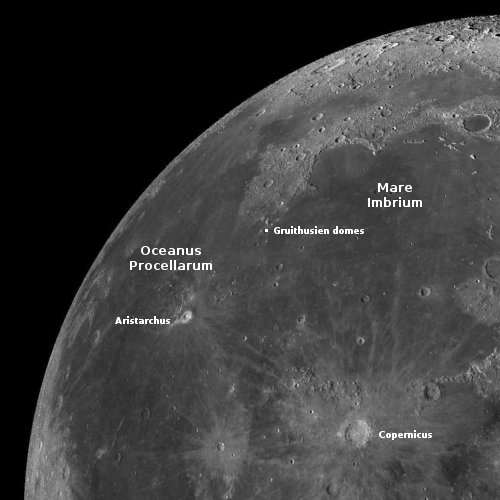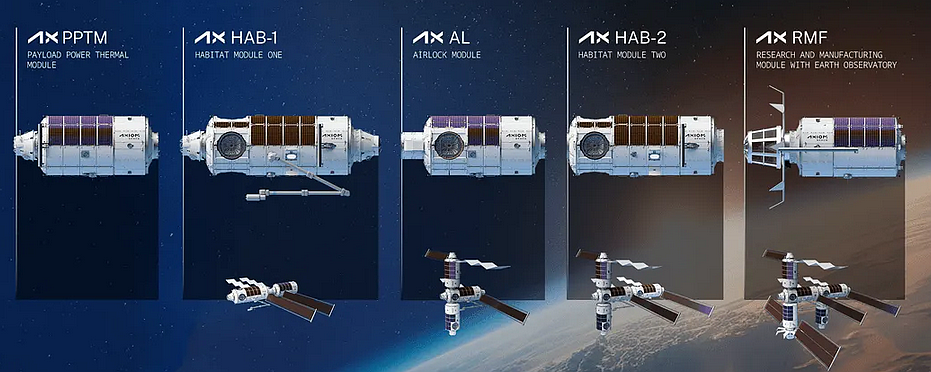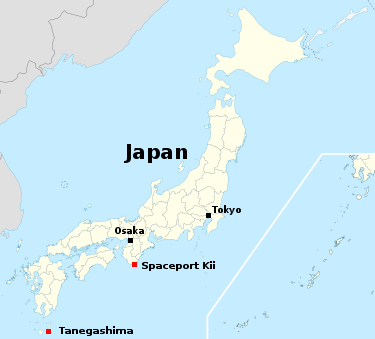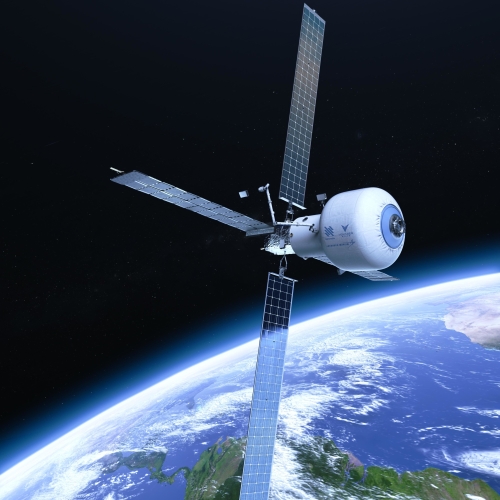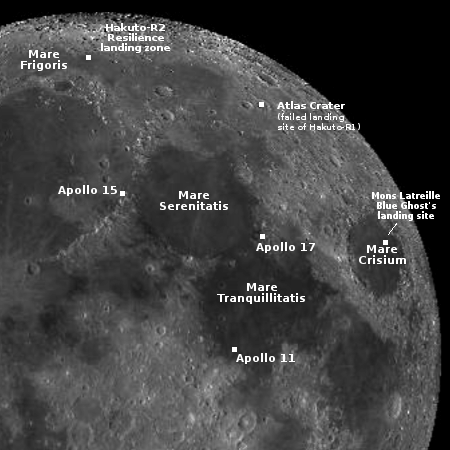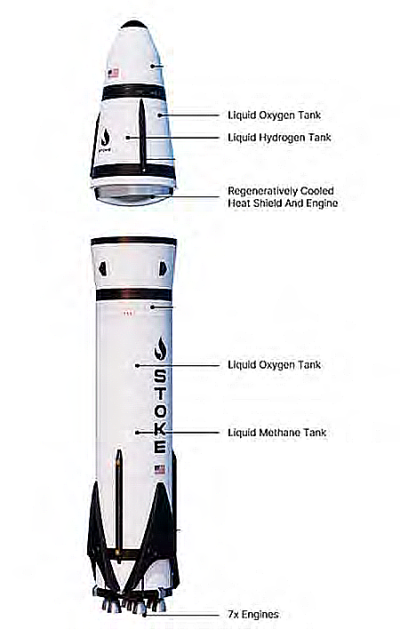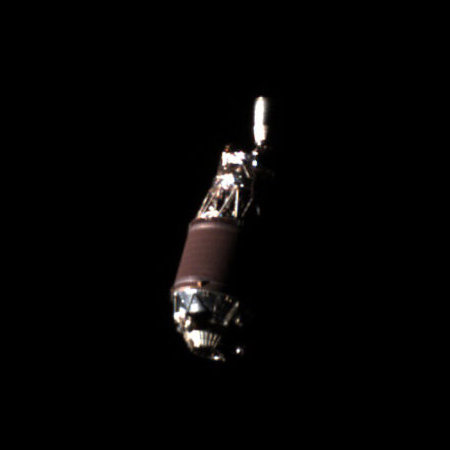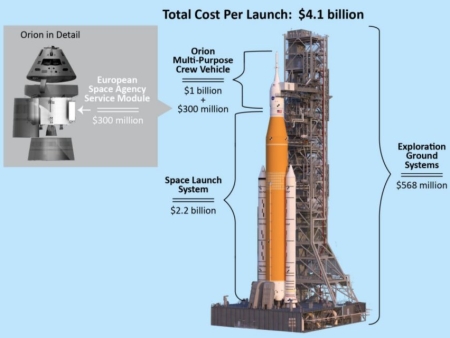Oh no! The sonic booms of SpaceX are coming!
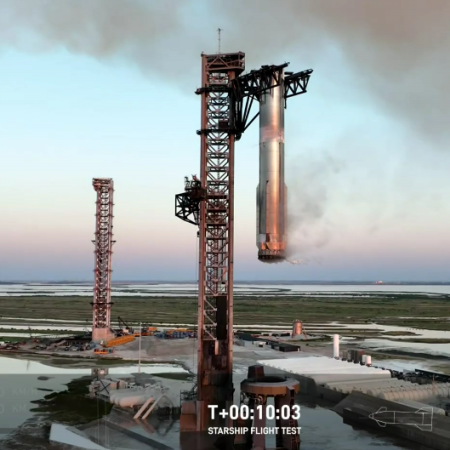
Superheavy after its flight, safely captured at Boca Chica
on October 13, 2024.
When the current (but soon to step down) administrator of the FAA Mike Whitaker testified before Congress in September 2024 and attempted to explain his agency’s red tape that have significantly slowed development of SpaceX’s Starship/Superheavy rocket, he claimed that the sonic booms produced when Superheavy returned to land at the launchpad posed a “safety issue” that needed a detailed review.
“I think the sonic boom analysis [related to returning Superheavy back to Boca Chica] is a safety related incident.”
The sudden introduction of this issue was somewhat out of the blue. While loud, the sonic boom of a rocket launch is hardly a concern. The space shuttle produced the same for decades when it landed, and that was always considered a fun plus to watching the landing. And even if SpaceX begins launching its rockets once a day from any spaceport, that added noise does nothing to hurt anyone. In fact, it is a local signal of a thriving economy.
Since then it appears the leftist “intellectual elitists” that don’t like it when they don’t run everything — which is one reason they now hate Elon Musk — have run a full court press trying to make these rocket sonic booms a cause celebre that can be used to block SpaceX launches.
» Read more


